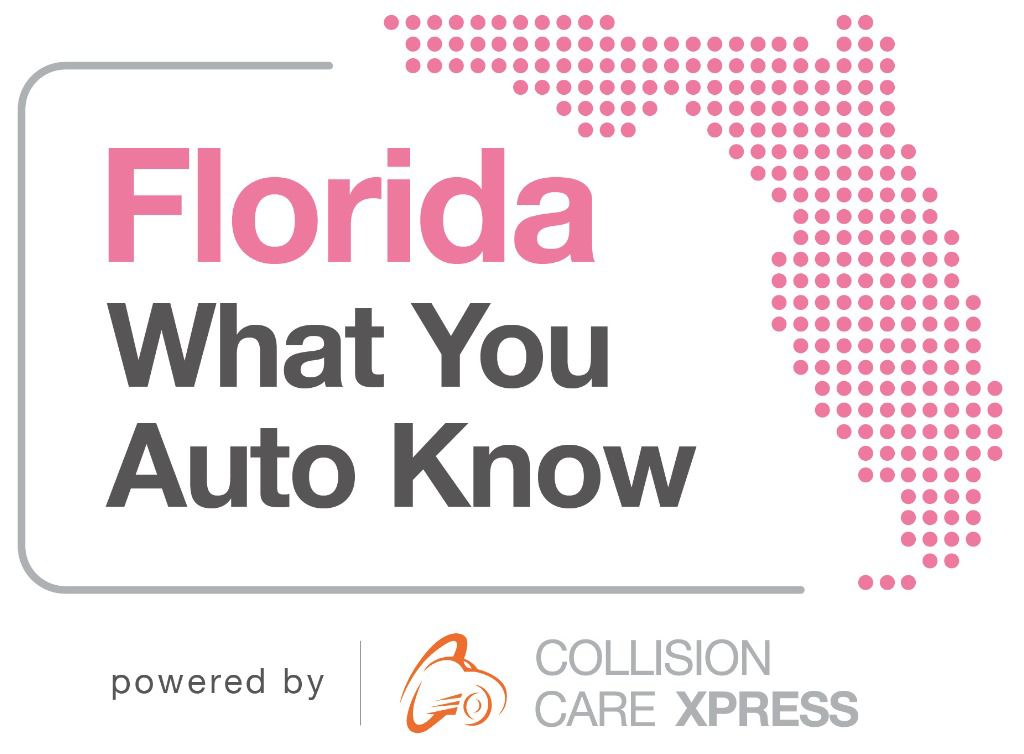Choose Your Parts Wisely
Original Equipment parts can reduce time required for repairs
Everyone involved in the process—you the customer, the shop, and the insurer—wants you to get your car back as soon as possible. Several factors determine how long your car will be in the body shop for repairs. The two biggest factors are:
- the severity, nature, and extent of the damage to your car; and,
- the availability of replacement parts.
I have found that the use of OE or Original Equipment parts can help speed up repairs. Here are a few reasons why:
-
OE Parts Fit Properly.
A factory-made OE part fits properly. The technician can install the part quickly and correctly, moving on to the next operation. It is often hit-or-miss whether a non-OE part will fit properly. When a non-OE part does not fit, the technician must either take more time to attempt to make the part fit or order another part. Making a part fit can possibly compromise the quality of the repair and the final appearance of the vehicle. Ordering another part can cause a delay of a day or more.
-
Salvage Parts Must Be Prepped and Fitted.
Vehicle manufacturers do not recommend the use of salvage parts. Sometimes, however, the insurer specifies a salvage part for the repair. When this happens, the salvage part may need to be prepped before it is ready to be fitted to your car. In other words, this part may need to be reconditioned, have small dents removed, and have the paint completely sanded. This causes delays.
-
Multiple Suppliers Increases Parts Delivery Timeline.
The use of multiple non-OE parts suppliers may slow the repair process. Repairs commence only when all ordered parts have been delivered to the body shop. Sometimes the insurer will specify non-OE parts that must be sourced from one or more of their approved after-market manufacturers or surplus suppliers. Waiting on deliveries from multiple non-OE parts suppliers can cause delays.
Know, too, that you have the right to ask for OE parts. Most auto policies provide that the insurer will return your crashed vehicle to its pre-accident state with parts of “like kind and quality.” In the same fashion of keeping their profits as high as possible, insurers generally propose the use of less expensive non-OE parts. However, auto policies generally don’t exclude the use of OE parts, so don’t be shy about insisting.
Lastly, it’s important to remember, dealers routinely check the crash history of a vehicle to see what kinds of parts were used in its repair. Your resale or trade-in value might be hurt if non-OE parts are used.

Robert Molina writes insanely useful guides about the auto body repair process and what you need to know to make the process less stressful. With more than 25 years of experience as an independent auto body shop owner, he’s on a mission to stamp out gobbledygook and raise the bar for quality collision and auto body repairs.




